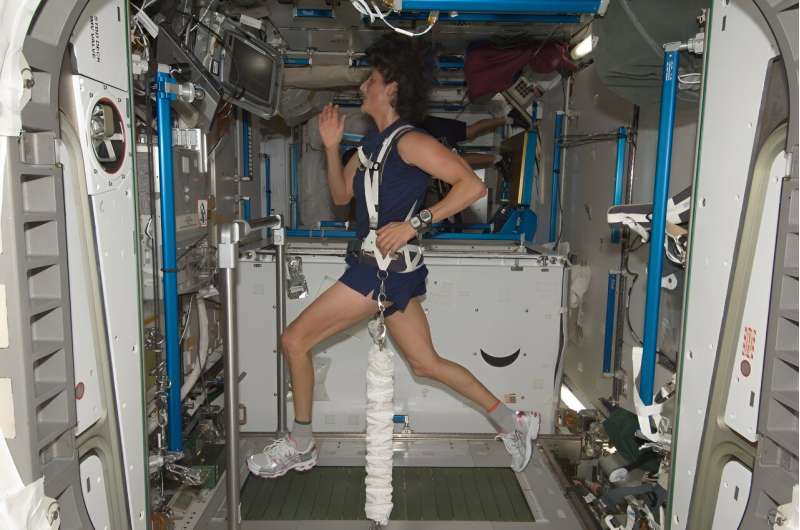Resistance training can counteract the negative health effects of microgravity on muscle atrophy, but new Ames Research Center research seeks to understand the physiological mechanisms at play to identify biomarkers that can inform innovative counter measures. The study was a project of NASA's Space Life Sciences Training Program at Ames Research Center. It has been published in the journal npj Microgravity.
Machine learning analysis shows molecular drivers to physiological changes in the calcium channel sarcoplasmic/ endoplasmic reticulum (SERCA) pump, leading to muscle changes and muscle loss in spaceflight rodents. ML models were created to identify proteins that could predict an organism's resilience to microgravity with respect to calcium uptake in muscles. Specific proteins, Acyp1 and Rps7, were found to be the most predictive biomarkers associated with enhanced calcium intake in fast-twitch muscles.
This study offered a first look at the use of ML on calcium uptake in muscle when exposed to microgravity conditions. This study demonstrated the role of NASA's open science initiative in accelerating space biology by its reliance on ARC's Open Science Data Repository (OSDR) and Analysis Working Groups, as well as the involvement of an international research team from the U.S., Canada, Denmark, and Australia. Notably, the article's first author was an undergraduate at UC Berkeley, demonstrating the unlimited potential of NASA-Berkeley collaborations in life sciences research with the upcoming Berkeley Space Center at NASA Research Park.
More information: Kevin Li et al, Explainable machine learning identifies multi-omics signatures of muscle response to spaceflight in mice, npj Microgravity (2023). DOI: 10.1038/s41526-023-00337-5
Journal information:npj Microgravity
Provided by NASA



